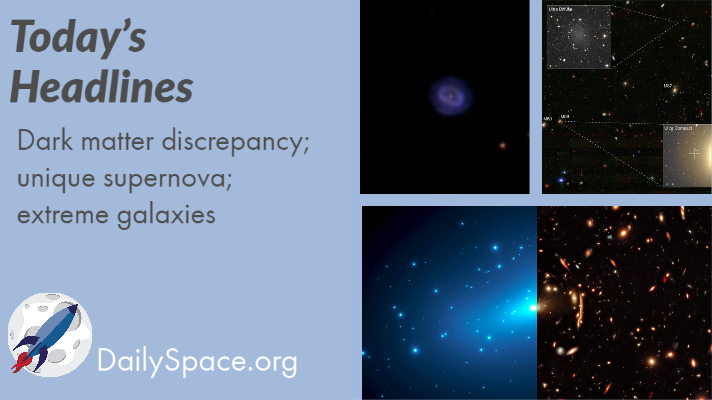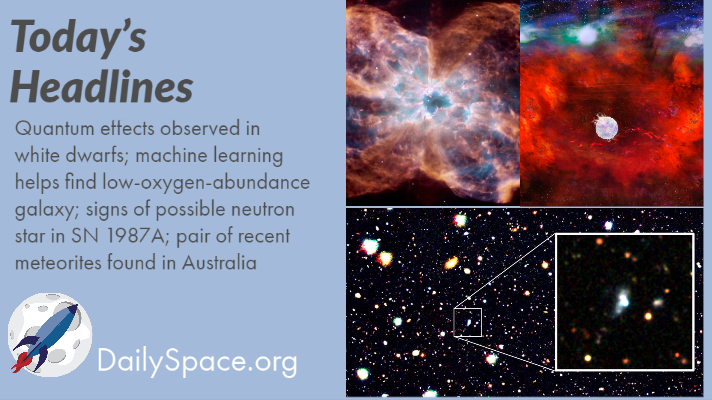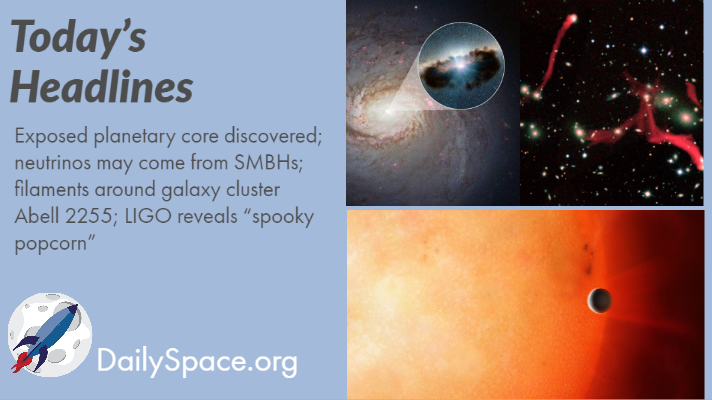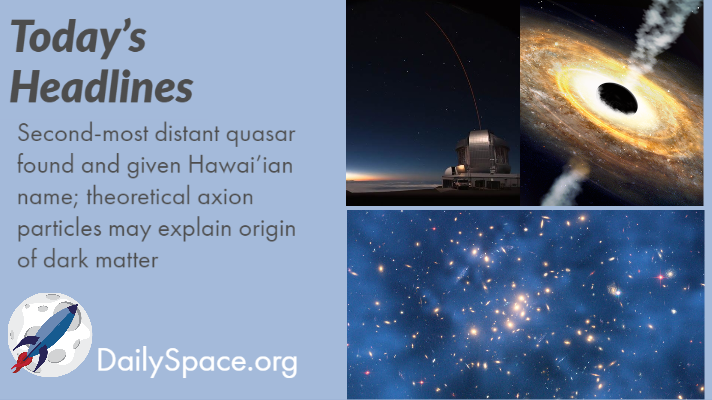


Science Story Double Feature
Join us today for a first-ever double feature episode. Dr. Pamela and Beth will cover the latest in astronomy and planetary science.

Dark matter discrepancy; unique supernova; extreme galaxies
Join us today as we look at how the Hubble Telescope may have solved the dark matter discrepancy. A research team has found a unique Type 1a supernova in the super-Chandrasekhar group of novae. Plus, all those extreme galaxies (large and small) seem to be in dense regions with a lot of interactions. Afterward, were joined by astrobiologist Dr. David Grinspoon to talk about his research into potential life on Venus.

Quantum effects observed in white dwarfs; machine learning helps find low-oxygen-abundance galaxy; signs of possible neutron star in SN 1987A; pair of recent meteorites found in Australia
Join us today as we look at how quantum mechanics and Einstein’s theory of general relativity work together in white dwarfs. Machine learning is used to find a galaxy with an extremely low abundance of oxygen. Scientists find signs of a neutron star in supernova 1987A. And researchers managed to locate two recently arrived meteorites in Australia with the help of fireball detection cameras.

Exposed planetary core discovered; neutrinos may come from SMBHs; filaments around galaxy cluster Abell 2255; LIGO reveals “spooky popcorn”
Join us today as we talk about the first exposed planetary core ever discovered. We examine research that neutrinos may come from supermassive black holes. We look at the filaments found in the halo of galaxy cluster Abell 2255. And we find out that LIGO’s mirrors can vibrate due to quantum noise. Plus an interview with Dr. Matthew Graham of Caltech.

Second-most distant quasar found and given Hawai’ian name; theoretical axion particles may explain origin of dark matter
Join us today as we look at big news on a big quasar! Pōniuāʻena is the second-most distant quasar ever found, and its existence challenges conventional black hole formation theory. Also, we explain how the theoretical axion particle might be involved in the origin of dark matter.


 We record most shows live, on Twitch. Follow us today to get alerts when we go live.
We record most shows live, on Twitch. Follow us today to get alerts when we go live.